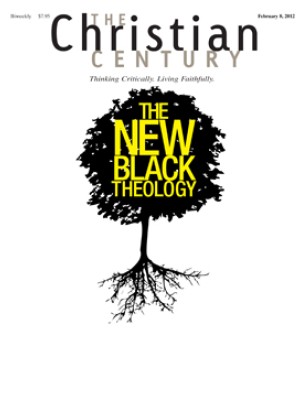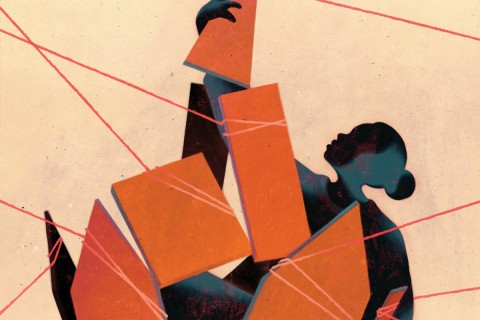It’s 2012, another year for ‘doomsday’ chatter
On December 21, 2012, the Mayan calendar reaches the end of its
5,126-year epoch. That's a cause for consternation among some end-time
adherents—and for amusement among some descendants of the Maya.
Fresh
from having survived one end-of-the-world prediction—a two-stage affair
covering 2011's drop-dead dates of May 21 and October 21—we now plunge
into the countdown for End-Time 2012.
Should you be inclined, you
can use your smartphone to check how many days are remaining before a
date that was carved into rock by a pre-Columbian civilization. You can
blame—or credit—the Maya for the commotion. Or, more likely, their New
Age adherents.
The ancient Mayan calendar does technically end at
12/21/2012. But Mayan experts say it's simply a case of one long Mayan
epoch—of 5,126 years—coming to an end, in much the same way the 1900s
came to an end.
"I don't think the Mayan put a picture of Porky
Pig at the end of their calendar and said, 'That's all, folks,'" said
Jefferson Harman, a Pompton Lakes, New Jersey, "intuitive," or dream
interpreter, who runs a workshop called "Beyond 2012."
Read our latest issue or browse back issues.
All this
calendar talk is news to Firmo Choc, a 39-year-old Mayan farmer who
lives in a rural village in Belize. Only recently did he hear of the New
Age crowd's fuss over his culture's ancient calendar, when his North
American employer told him about it. Not only was Choc taken aback to
hear the end of the world prediction attributed to his people, he was
surprised that outsiders are even familiar with the calendar. He, his
family, his friends and neighbors all use the standard Western calendar.
"The
Mayan who surround me have no idea that some calendar their ancestors
created indicates that a great change is to occur in 2012. They are just
hoping their corn and cacao crops will be plentiful so their family
won't starve in 2012," said Choc's employer, Anne-Michelle Marsden, a
Rutgers University professor who lives in Belize.
About a decade ago, Marsden spent her sabbatical year in Belize producing a documentary called The Living Maya.
Choc travels to the coast by bus along unpaved roads twice a week to
work as her groundskeeper. He has eight children; the oldest boy had to
stop his schooling to help on the family cacao farm. He's Catholic but
participates in the Mayan Deer Dance ceremony when it is celebrated in
his village.
Choc is not concerned about the world ending any time
soon. He's mostly concerned about supporting his family. School fees
are very expensive, wages are low and job prospects for nonfarmers poor.
Mayans
in parts of Guatemala and Mexico still refer to the ancient Mayan
calendar, consulting it in part because of the belief that certain
glyphs, or pictures, that accompany the calendar's days influence
events in much the way astrological signs are said to hold sway.
The
Mayan calendar is a veritable cottage industry for archaeologists,
anthropologists and numerologists, who have been throwing out theories
of interpretation since the turn of the previous century. With very
little in the way of written documentation from the calendar's
originators, the theories are hard to prove—or disprove.
The
end-time proposition has been floating around for 30 years or so, put
forth by New Age spiritualists like the late Terence McKenna, who
claimed that it signaled the start of a period of broader human
consciousness.
Denise Saracco, a self-described shaman and massage
therapist who runs a workshop called "Demystifying the Mayan Calendar"
at the Peaceful Paths store in Butler, New Jersey, learned about the
calendar as part of her two-year shaman apprenticeship. Saracco believes
that 2012 is a key date—although she stops short of predicting what
will happen. "Is it the end of the world? No," she said. "It's the end
of the world as we know it." —RNS





